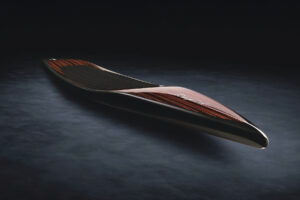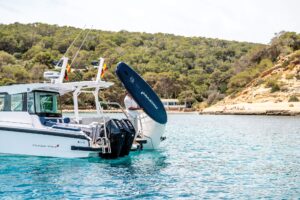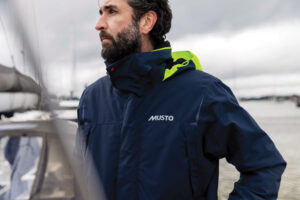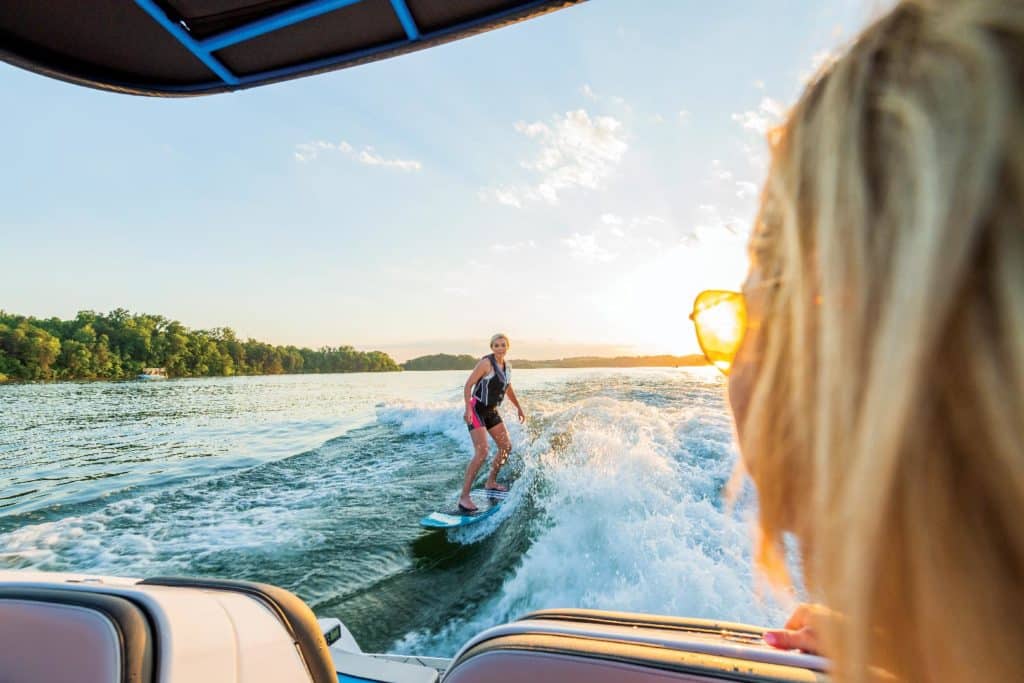
The idea of surfing a boat’s wake dates to at least the 1950s or ’60s, when recreational powerboating boomed in postwar America. It was a time when the idea of an “endless summer” appeared on movie screens, with surfers chasing tasty waves and a big, warm sun around the globe. More and more people began to think about surfing, and quite a few who had grown up water-skiing became interested in riding a board behind a boat.
By the 1980s, as board technology evolved, entire categories of boats were being built to satisfy the wakeboard craze. Boatbuilders added ballast to create a better wake shape for riders doing tricks and jumps, and some boaters dragged cement blocks on board to add weight. The thinking went that the deeper you could get, say, the starboard aft quarter of a boat into the water, the better the wake would be on that side.
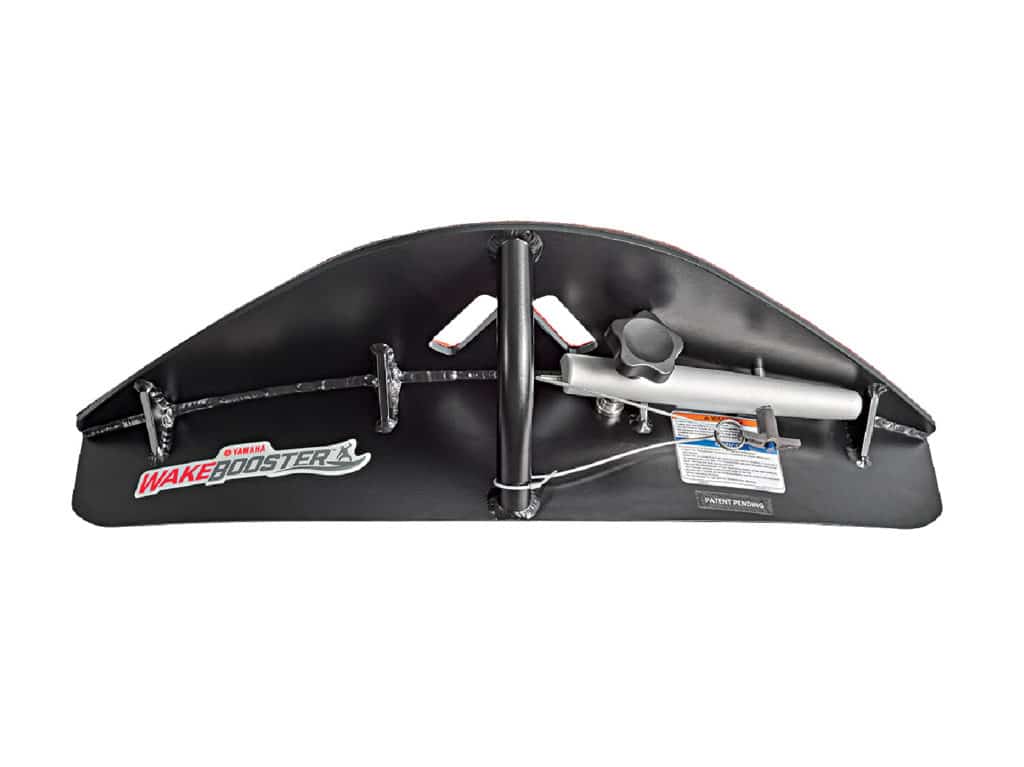
Today, wake sports are evolving again. In the past decade or so, some wakeboarders decided to shorten the rope from 60 or 70 feet — an ideal distance for jumping a wake from side to side — and instead ride closer to the engines. That location wasn’t good for wakeboarding, but it provided a bigger wake for wakesurfing, a sport that is seeing a renaissance of interest. In turn, boatbuilders are again looking to reshape the wake, this time for wakesurfers who don’t want to hold a handle at all.
“People realized they could let go of the rope,” says Mike Ricciardi, head of Yamaha Watercraft product development. “It’s the endless wave, without having to paddle through the surf.”
Today’s idea is to attach accessories under the hull that scoop and redirect the water going into the wake. Numerous wake-shaping systems are on the market, and in February, Yamaha’s won an Innovation Award from the National Marine Manufacturers Association.
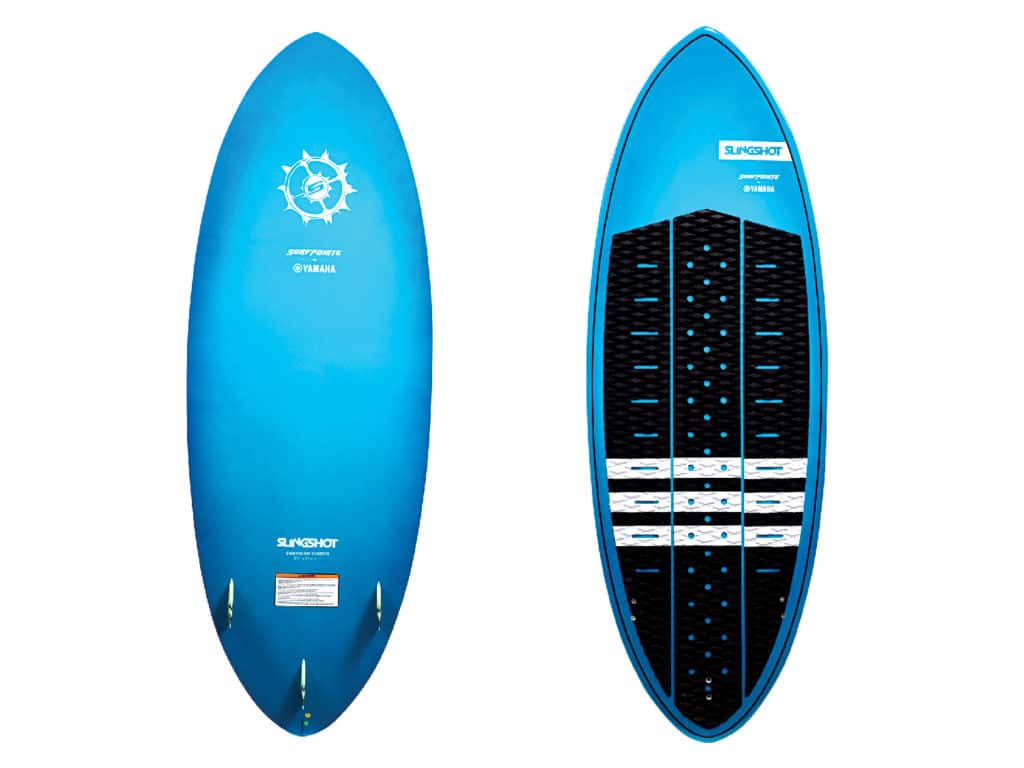
Called the WakeBooster, the under-hull accessory is sold in a package that includes a rope and a board with a total cost of less than $1,000. The award recognized the WakeBooster’s price and ease of installation.
“There are no tools, no screwdrivers, nothing,” Ricciardi says. “You can put it on and take it off in the water.”
The WakeBooster is designed to work on several of Yamaha’s 21- and 24-foot wake-sports boats, including some models that date back to 2015, Ricciardi says. Configurations, trim packages and engine choices don’t matter as long as users stick with certain Yamaha boat models.
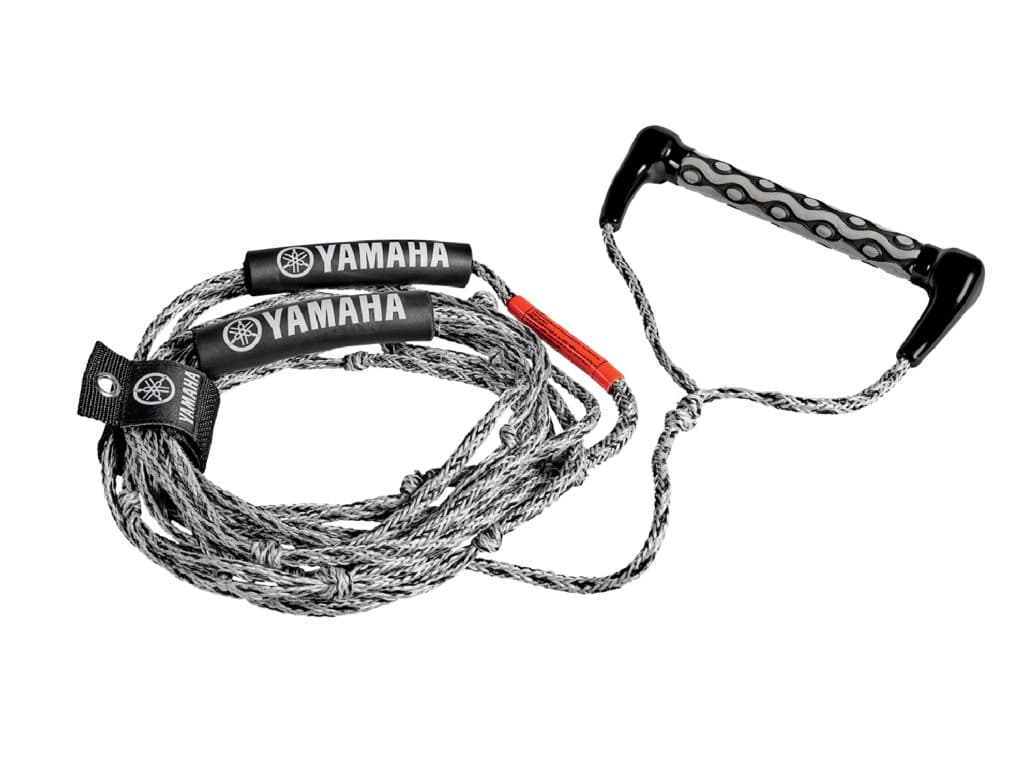
“This thing attaches on the bottom of the swim platform,” he says. “It’s like a scooped plate. It’s shaped in a specific way — the geometry, the curves, the mount angle, all of that grabs water running off the bottom and side of the boat and pulls it into the center of the wake, so on the side of the boat where you have the WakeBooster mounted, you get this clean, beautiful wave.”
What will come next for wake-surfing technology? Surfers like Ricciardi with an “endless summer” attitude are still thinking about it — and thinking big.
“A lot of yachts throw some pretty big waves behind them,” he says. “I remember being on a 50-foot Hatteras or something like that and seeing that wake and thinking, Oh my gosh, let me at it.“

